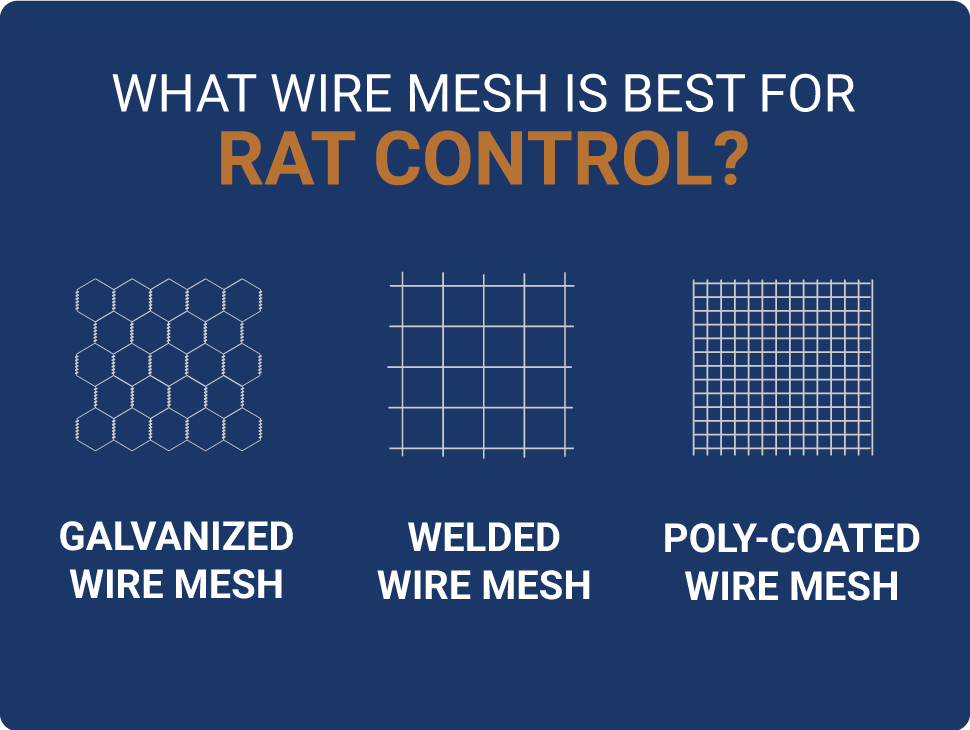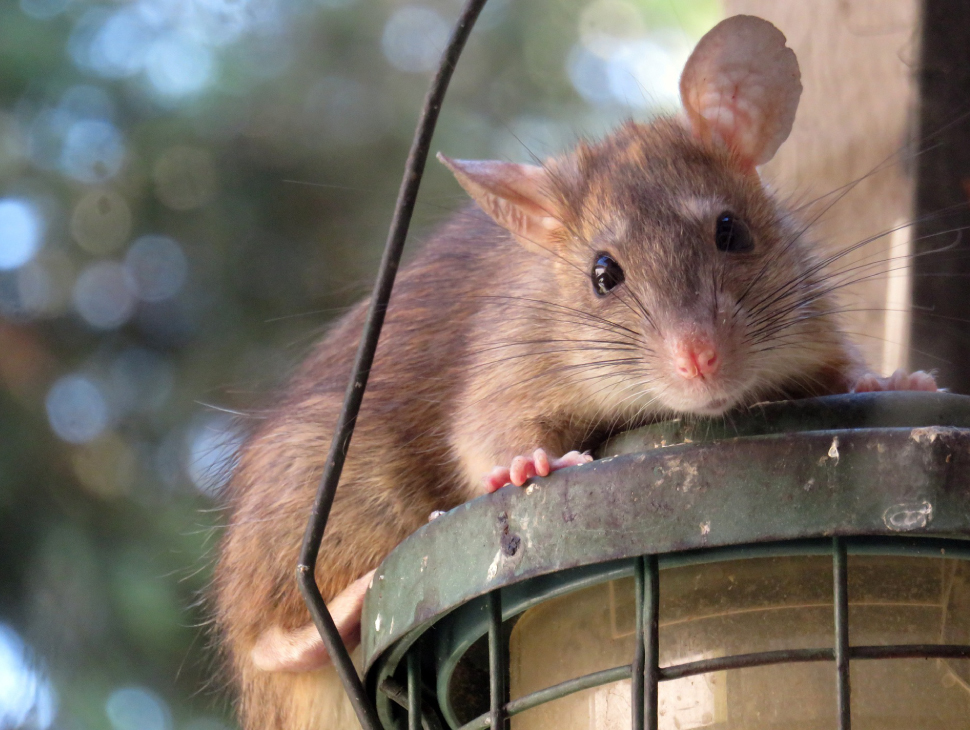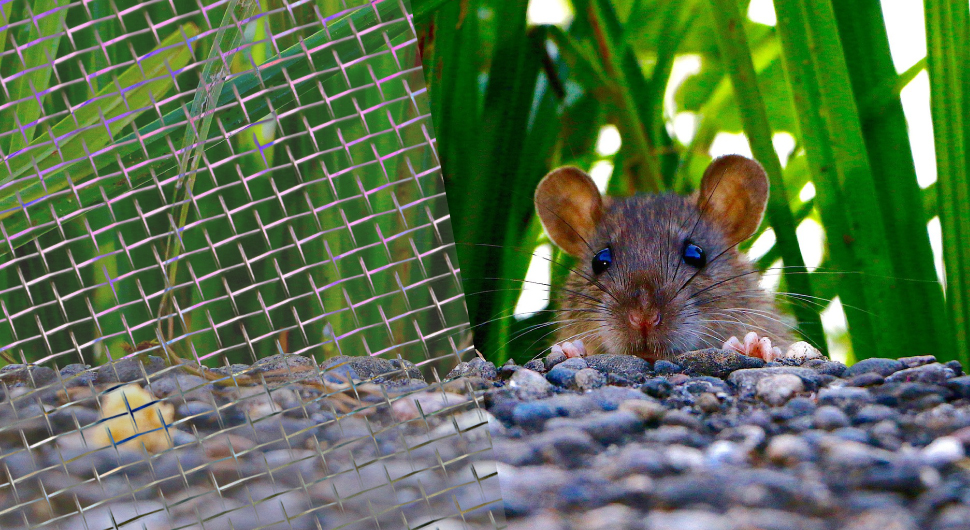The rodent hero in the animated movie Ratatouille is so beloved, he earned himself a forthcoming sequel. While it might be easy to adore an animated rat in a Disney blockbuster, you don't have to tolerate one in your home.
Luckily, there are many DIY solutions for keeping unwelcome pests out of your space. Though you could set traps, the best line of defense is ensuring they can't enter in the first place. Wire mesh for rat control is a safe, affordable, environmentally friendly option. Here's what you should know.
How Do You Use Rat Wire Mesh?
What is wire mesh used for when it comes to rat control? You can use the material to cover various entry points around your home, such as foundation vents, soffits, exposed pipes, air vents, gutters, and floor drains. This creates a durable barrier without obstructing airflow or blocking your plumbing.
What Wire Mesh Is Best for Rat Control?

To make sure rats can't crawl through, you'll want to look for wire mesh with relatively small openings. A square weave with openings of a half-inch or smaller in size is your best bet.
Due to its durability and versatility, stainless steel is most often used for rat exclusion. For added strength and environmental resistance, many homeowners choose galvanized, welded, or poly-coated materials.
Galvanized Hardware Cloth
When stainless steel is dipped into molten zinc, it retains a resilient protective coating. Known as galvanization, the process makes wire mesh virtually impenetrable for rats and gives the material a lifespan of up to 20 years.
Welded Wire Mesh
Stainless steel wires can be joined through resistance welding to create an incredibly sturdy, consistent mesh without any filler materials. It holds up in extreme temperatures and resists abrasion, making it an ideal choice for year-round rat control.
Poly-Coated Wire Mesh
Some galvanized and welded steel meshes are also poly-coated, meaning a polyester finish is baked onto the material. This helps it withstand abrasion from nibbling rodents. Poly-coated wire mesh also repels moisture, helping to keep your attic and basement dry in even the most humid or rainy weather.
How to Get Rid of Rats without Harming Pets

One of the main benefits of rat-control wire mesh is that it's a non-toxic material. This means it won't harm your pets, damage your lawn, or hurt the environment. In fact, it won't even hurt the gnawing rodents on the other side.
As mentioned above, all openings, holes, cracks, and crevices should be blocked off with durable metal mesh. Some types of hardware cloth can be cut to size using wire snips, but you can also buy pre-cut pieces. Attach the material with nails, industrial staples, or a heavy-duty, weather-resistant adhesive.
Where to Buy DIY Rat & Pest Exclusion Mesh Products
TWP Inc. is your resource for pest-control materials. Our woman-owned company has been an industry-leading wire mesh supplier since 1969, and we have an excellent selection of stainless steel hardware cloth and wire mesh screens. We carry welded, galvanized, and poly-coated materials with various opening sizes and wire diameters.
When you browse our inventory, you'll find many sizes of pre-cut wire mesh for excluding rats, mice, squirrels, chipmunks, snakes, bats, birds, and other unwanted visitors. TWP Inc. is also pleased to offer custom sizes and quantities. If you don't see exactly what you need, contact us or request a free quote.
We'd love to feature your DIY pest-control project in our gallery. Upload your pictures to Instagram and tag them with #TWPWireMesh.




